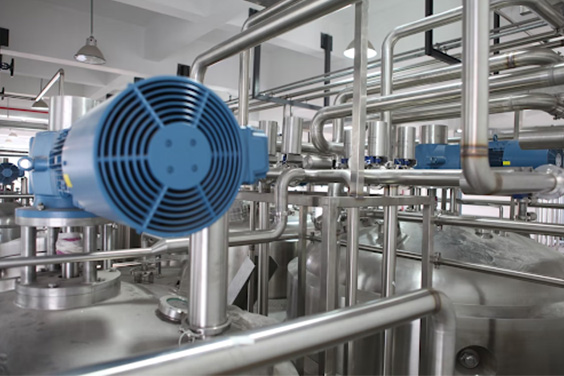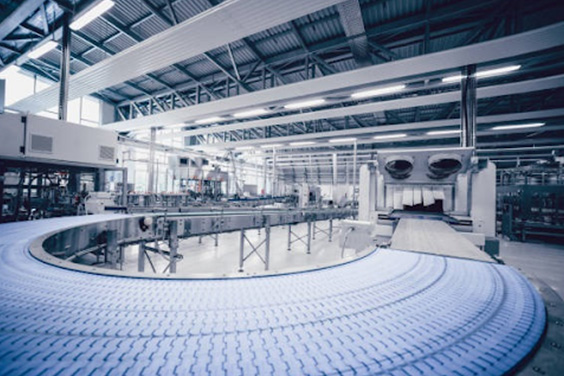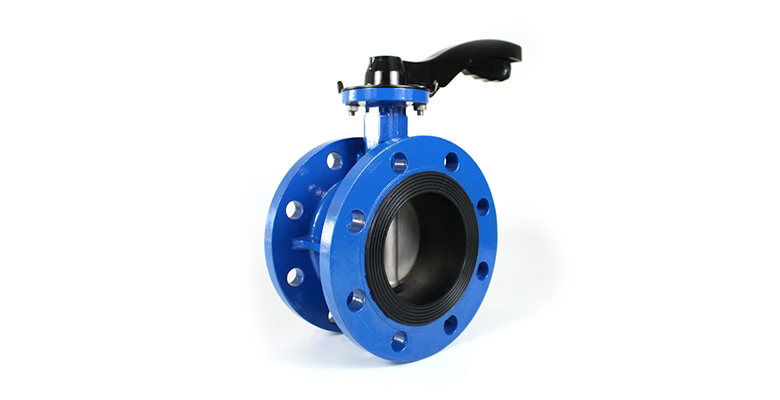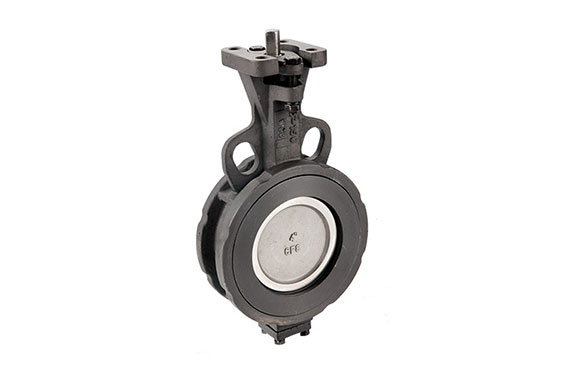The food and beverage processing industry covers a wide range of edible products, including dairy, meat, baked goods, and canned food. Since this industry is so diverse, it is essential to understand every aspect of it to meet regulatory requirements while constantly improving performance.
Best-in-class technologies are helping these low-margin industries gain a competitive edge. Since food prices are primarily governed by factors outside a processor’s control, it is important to increase efficiency. One way to do so is by using high-quality, reasonably-priced valves for food and beverage made by the best China valve supplier SIO.
What Are Food And Beverage Valves?

Valves that are used specifically for the food and beverage industry are termed food and beverage valves. These valves are carefully designed with the utmost precision to meet the strict and stringent demands of industries where cleanliness and sterility are highly important. Every component of a food and beverage valve is manufactured with high-quality materials that facilitate cleaning and sanitizing.
There are many benefits of food and beverage valves in the processing industry. Control valves, for example, help improve process efficiency by reducing process variability to help maintain consistency in quality. They also make processes more energy efficient since they provide maximum control over any process variable.
At the same time, valves are tools that stave off dangerous, disease-causing pathogens from food products. For instance, the tight shut-off capabilities offered by a ball or dairy butterfly valve help prevent leakage and cross-contamination in the dairy industry. Another benefit of food and beverage valves is that they help food manufacturers increase their output and runtime while reducing costly unplanned downtime, as long as the valves are well-maintained.
Automation is one of the biggest driving forces of most global industries in the world today, including the food and beverage sector. With rising labor costs and more stringent food safety regulations, processors are looking for methods wherein they can reduce manual labor. Valves play an indispensable role in automation, which in turn increases productivity without compromising on quality. Hence, it can be said that the right valves, whether it is a butterfly or globe valve, can offer a competitive advantage.
Types Of Valves For Food And Beverage And Their Applications
Broadly speaking, valves in the food and beverage processing industry can be classified into two primary categories – utility services valves and direct contact valves. Other subcategories include solenoid valves and sanitary valves, which include check valves.
1. Direct Contact Valves
As the name suggests, direct contact valves refer to any food or beverage valve that comes into direct contact with beverages and food, including meat, dairy, soda, and other condiments. Direct contact valves must meet strict sanitary requirements to ensure that no pathogens like mold grow on them.
Hence, they are generally made from stainless steel due to their corrosion-resistant properties. Instead of being cast, they are generally forged. To ensure the cleanliness and hygiene of these valves, strong cleaning agents are used.
2. Utility Valves
Utility valves, on the other hand, do not come in direct contact with food. They are usually used for processes that involve substances like steam, water, and other non-food-related resources and utilities. While these valves must also meet strict safety regulations, they are less strict compared to direct contact valves.
3. Solenoid Valves
Solenoid valves are one of the most commonly used valves in the food and beverage industry. Most of them are designed in a way that they are resistant to high humidity, extreme room temperatures, and corrosive environments. A food-grade solenoid valve is typically made from stainless steel to meet these requirements.
Solenoid valves made from stainless steel are used in fish canneries, meat and abattoir industries, and fruit and vegetable industries since they tick all the boxes related to efficiency and hygiene. A food-safe solenoid valve can also be used in pasteurization systems that require high-pressure valves, fish filet preparation processes, and salmon packing lines.
4. Sanitary Valves
There are many types of sanitary valves, including but not limited to ball, pinch, knife, globe, butterfly, and diaphragm valves. As their name suggests, these types of valves are used for those applications that require clean and sterile processing.
Sanitary valves are devoid of any cracks and crevices that can harbor the growth of bacteria and other disease-causing germs or contaminants. The surfaces that come into contact with the media must be polished. Sanitary valve manufacturers must ensure that their radii adhere to minimum size requirements to avoid food particles from getting stuck or trapped within.
Sanitary ball valves that offer complete shut-off functions are preferred in the beverage processing industry since they provide more control as compared to a sanitary butterfly valve or globe valve. They are primarily used in dairy processing, the wine and spirit industry, and beer brewing systems. While most of them are made from stainless steel, they can also be made from brass or white plastic.
Factors To Consider When Selecting Valves For Food And Beverage

Choosing the right beverage or food valve can make a world of difference in optimizing processing capabilities. With so many different valves available in the market, selecting the right one is not an easy task. Listed below are some factors to keep in mind while selecting valves for the food and beverage industry.
1. Valve Specifications
As mentioned above, valves in the food and beverage industry belong to two primary categories – direct contact valves and utility valves. Valves that belong to the former category must adhere to strict regulations, including the 3A Sanitary Standards, and ASME BPE codes for bioprocessing equipment. In addition, the inside of the valve must be smooth with a surface finish of 15-20 micro inches arithmetic mean roughness to prevent the trapping of food particles.
Similarly, utility valves like gate valves need to have higher alloy values to increase durability and reduce maintenance costs. As a thumb rule, direct steam applications will require 316 SST, and indirect steam applications are suited to Alloy 6.
2. System Pressure And Temperature
The valves and the materials they are made from need to be strong enough to withstand the environmental conditions of the processing system. This includes extreme highs and lows in temperature and pressure.
Selecting the right valve size will help determine the temperature, pressure, and flow rate that the valve can withstand. In general, valves made from metals like stainless steel can withstand more temperature and pressure fluctuations compared to plastic valves.
3. Application And Function
The application and function of the valve is the most important factor to consider while selecting a valve. For example, two-way valves perform well in a system that requires a complete on-off function, whereas three-way valves work better when processed products need to be diverted or mixed.
It is also essential to consider factors like flow, leakage tolerated, system pressure, and precision of flow, among other things. To increase the durability of the valve, it is best to select a valve that is usually in the orientation typically used in the processing system but can change direction when energized.
4. Flow Media
The nature and state of the fluid being pumped through a valve will indicate the type of valve needed and the challenges it may face. Before selecting a valve, it is essential to take into account the flow properties of the medium, including corrosive properties and potential chemical reactions with common valve materials.
These characteristics will eventually help determine the material of the valve. For example, if harsh or corrosive materials are typically handled by the system, synthetic plastics like PTFE and PFA are suitable materials. On the other hand, for pressurized gasses, metal valves are the best since they can withstand high pressure and thus provide maximum safety.
5. Actuation Method
Another important yet often overlooked factor for selecting food grade valves is determining the actuation method. The actuation method implies whether the valve will be operated manually or whether it would need to be actuated so that it can be turned on or off automatically.
In the case of the latter, the next step would be to identify whether the valve would be used with a pneumatic, hydraulic, or electric actuator. In addition, safety and hygiene standards may dictate the actuation method and actuator to be used.
6. Maintenance
Regular valve diagnostics are essential to ensure consistent valve performance. If issues are identified early on, a maintenance plan can be put into place to avoid higher costs of replacement in the future. If safety and hygiene standards dictate frequent inspection and maintenance, three-piece ball valves are the best option.
These come with two end caps and a detachable body, which can easily be removed for cleaning while the end caps stay in place. This prevents a complete system shut down, which could be costly for the business.
Contact professional food grade valves suppliers - SIO
Selecting the right kind of valve is critical in the food and beverage industry to maintain the standards of hygiene and food safety. Selecting the right valve can help processors scale their business without compromising on profits or quality.
SIO is among the leading professional food grade valve suppliers in the world, and for good reason. Its high-quality industrial valves are an efficient, safe, durable, and cost-effective solution. SIO’s unparalleled focus on quality helps it fulfill even the most challenging applications according to diverse specifications. Contact the professional food grade valve supplier today to reap the benefits it has to offer.









